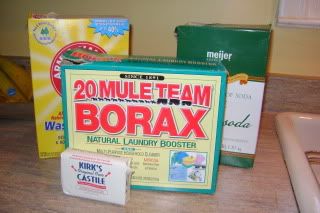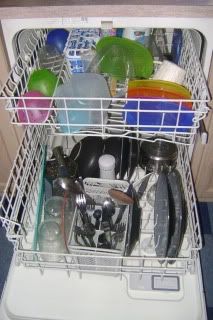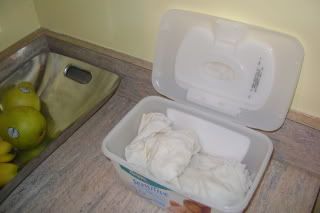Photo by Denis Collette
Last week I had the pleasure of meeting one of my blog readers, Andrea, in real life! (and I totally should have taken a picture, but didn't, shoot!) Andrea contacted me through a friend of one of my friends from church because she was excited when she found my blog and realized that I lived relatively close (45 minutes) to her. We met at a playground where our kids played and got wet and muddy because it was kind of cold and rainy, but we still had a great time. We had no shortage of things to talk about, everything from raw goat's milk to compost, square foot gardening and where to go for cheap u-pick blueberries. I even picked up a few great frugally green ideas from her! I really enjoyed talking with her, it's always so great to meet like-minded people, especially ones that live close to you that you can share local resources with!
It was also so encouraging to hear that my blog is an encouragement to others. That is totally what I want this blog to be about - encouraging and inspiring you on your journey to living more frugally green. I don't always know if what I do or write is making a difference, but if I can encourage at least one person, that is enough for me! And to also know that there are many of you who are new to reading Live Renewed, I am so thankful for you and honored that you have chosen read along with me!
Anyway, as we sat down to eat our lunches, Andrea pulled out a little spray bottle and sprayed her and her kids' hands to sanitize them before eating. "Is that homemade hand sanitizer?" I asked. "Yep," she replied, and shared some with my daughter and I. It was such a great idea, I just had to share it with all of you too!
Frugally Green Homemade Hand Sanitizer (Thanks Andrea!)
Super easy, portable, quick, frugal, and safe hand sanitizer. Put several drops of Tea Tree Oil in a small spray bottle with water and shake to mix it up. Spray on hands as needed, especially before eating, and don't worry about what kinds of chemicals or how much alcohol your little one might be ingesting!
I love when I get great new ideas like this. There are probably many small things that each of us do and don't really think much of it, but to someone else is a total "Ah-hah!" moment, and, "Why didn't I think of that?!" Do you have a quick, easy, frugal, green tip or idea like this? Please share with us in the comments! I'd love to get a good list of easy ideas to help us all be a little bit more frugally green!













